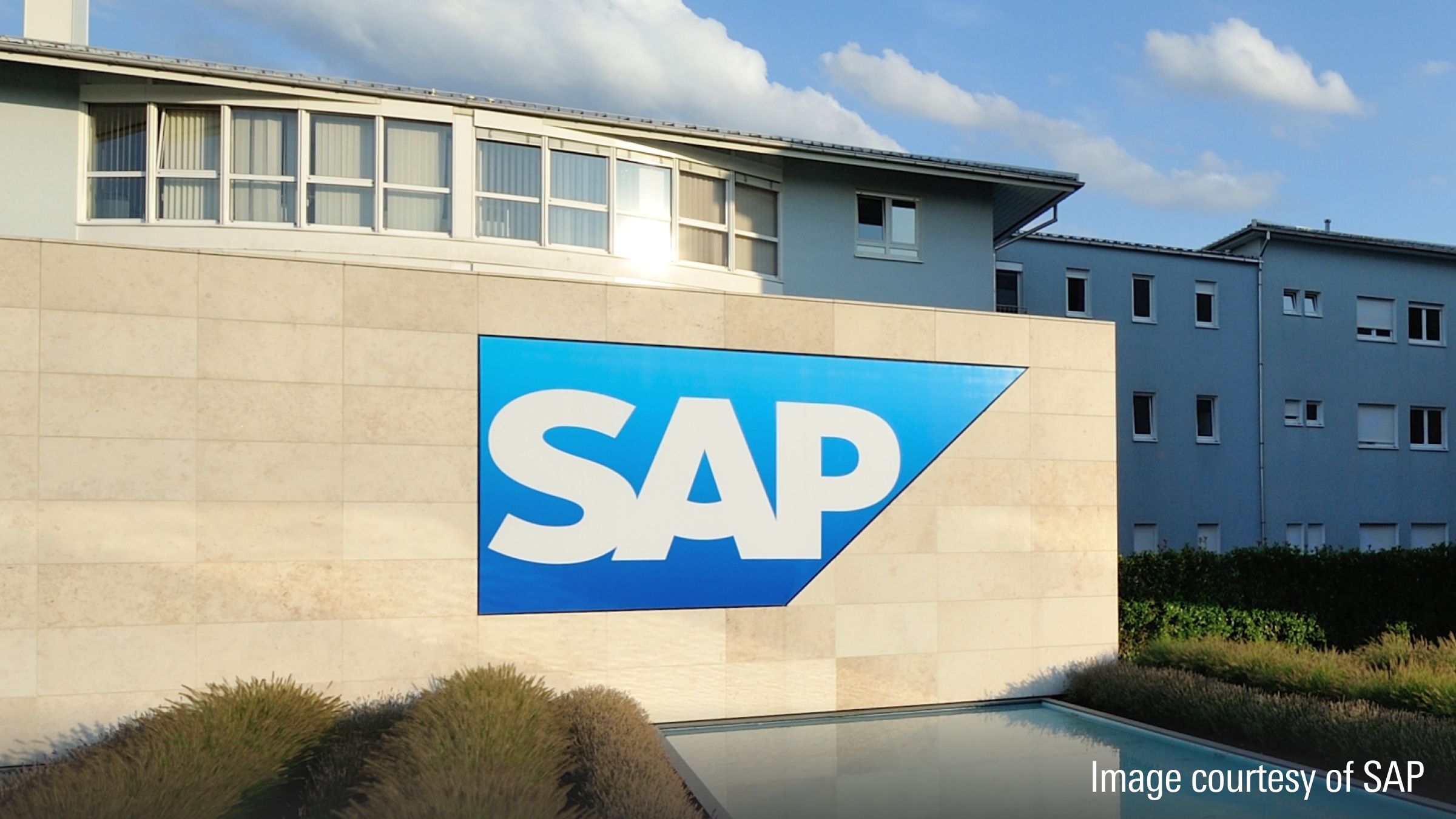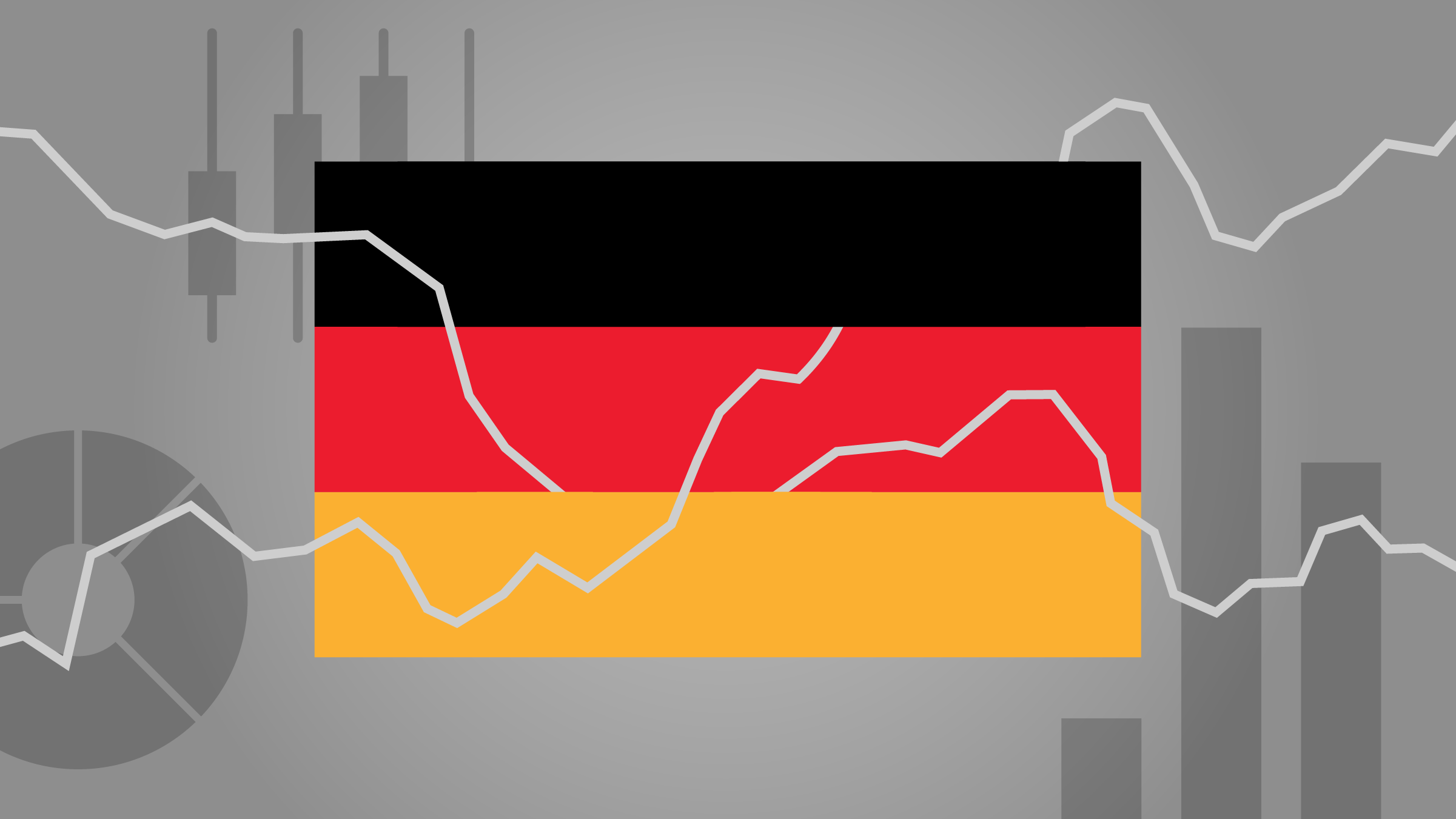Rolle im Portfolio
The iShares MSCI America ETF provides equity exposure to North America. The ETF is best deployed as a core holding in a well diversified portfolio. Given the size of the region’s economy, the high correlation of the MSCI North America index with international stock markets comes at no surprise; hence the benefits of this fund as a diversifier within a broader equity allocation are limited. The index correlated 97% with the MSCI World Index and 87% with the STOXX Europe 600 Index over the last three years.
As the index primarily invests in large caps, the ETF can be used to complement mid and small cap holdings in a well diversified portfolio.
Before considering an investment, investors should review their existing portfolio holdings to avoid unintentionally overweighting North American equities; in particular US shares. Given the size and the importance of its economy, the US represents a big portion of any product providing global or developed equity exposure. For instance, the MSCI North America Index accounts for about 60% of the broader MSCI World Index.
Fundamentale Analyse
The outlook for the US-economy remains mixed. Despite some volatile data, consumption and employment data have remained relatively stable over the past 12 months. US manufacturing seems to have picked up steam in recent months, with better auto sales and production providing support, in addition to inventory rebuild. Moreover, home resales reached a new 6.5 year high in August while consumer spending rose for a fourth consecutive month as demand for auto sales hit a multiyear high.
On the flip side, interest rates have trended further up, with US 10-year Treasury bonds yields approaching almost 3% in mid-September. Although QE tapering was not put into action in September as expected, it seems likely come in the next three to four months. As such, Morningstar believes that the rate for 10-year bonds will hover between 3%-4% over the next 12 months.
Unemployment has dropped to 7.3%, but remains above the Fed’s target rate of 6.5%. At its September meeting, the Central Bank kept the interest rate at 0.25% and lowered its 2013 GDP growth forecast to 2.3% from 2.6%. Morningstar equity analysts forecast 2.0-2.25% growth for 2013 and 2.0-2.5% for 2014 while the unemployment rate is expected to drop to 6.5% next year.
After the government reached only an 11-hour agreement in August 2011 to raise the debt ceiling, history is repeating itself. Despite falling government expenditures over the last two years, the government could breach its current debt ceiling in mid-October as the House and Senate struggle to agree on a government-funding plan. The House is expected to agree on government funding beyond end of September only if funding for Obama’s new healthcare is reduced. Also, tax reforms and oil pipelines permits are up for discussion. Uncertainty surrounding the outcome of the debt ceiling discussion with a potential government shutdown or debt default is a serious risk for the US economy. Some economists warn that a shutdown could reduce Q4-2013 GDP growth by up to 1.4%.
In the short-term, the government’s fiscal retrenchment may curb economic expansion. However, low inflation and an improving housing market should keep the economy on an overall growth path.
The economic outlook for Canada is rather gloomy. In contrast to the US, the Canadian job market remains volatile as nearly 60,000 new jobs were created in August, after 40,000 jobs were lost the previous month. Economists expected a job growth of around 20,000 for August. As a result, the unemployment rate dropped to 7.1% after swinging between 7.0% and 7.4% over the last 12 months. However, over 70% of the jobs added in August were part-time jobs. Moreover, housing starts fell 7% m/m with multiple-unit buildings in the urban areas having the biggest decline, while starts are down 20% y/y. As the housing market continues to struggle and GDP growth for Q2-2013 dropped by 0.5 to 1.7%y/y, Morningstar equity analysts doubt that the Bank of Canada will raise interest rates - on hold at 1% for the past three years - anytime soon.
Indexkonstruktion
The MSCI North America Index tracks the performance of North American equities. The index is a free-float market capitalisation weighted index representing 10 sectors across the US and Canada. Component stocks have to fulfil MSCI’s size, liquidity and free float criteria to be included in the index. MSCI uses the official exchange closing prices to calculate the index’s value. The index is reviewed on a semi-annual basis with minor quarterly reviews to ensure that it accurately reflects the evolving marketplace. As of writing, the index is heavily biased towards the US (around 90% of the index’s value) with the remainder invested in Canadian equities. On a sector level, the index favours financials (18%), followed by IT (17%) and consumer discretionary (13%). The biggest single issuer exposure is Apple, representing 2.6% of the index.
Fondskonstruktion
The iShares MSCI North America uses optimised physical sampling techniques to track its reference index. The fund intends to invest in only a portion of the constituents of the MSCI North America Index which represent the benchmark’s risk-return characteristics as closely as possible. iShares may engage in securities lending within this fund to generate additional revenues for the fund. The lending revenues generated from this activity are split 60/40 between the fund and the lending agent BlackRock, whereby BlackRock covers the costs involved. To protect the fund from a borrower’s default, BlackRock takes collateral greater than the loan value. Collateral levels vary from 102.5% to 112% of the value of securities on loan, depending on the assets provided by the borrower as collateral. Additional counterparty risk mitigation measures include borrower default indemnification. Specifically, BlackRock commits to replace the securities that a borrower would fail to return. The indemnification arrangement is subject to changes, and in some cases without notice. Finally, BackRock limits the amount of assets that can be lent out by this ETF at 50%.Cash received as dividends from the underlying stocks is held in the fund’s income account until it is distributed to fund holders. Distributions are made on a quarterly basis. This dividend treatment can potentially create a drag on returns in upward trending markets as dividends are not reinvested into the fund. In practice this cuts both ways. It could also result in outperformance if the benchmark falls in the interim period.
Gebühren
The fund levies a total expense ratio (TER) of 0.40%, which is in the upper of the range for ETFs tracking the North American region. Other potential costs associated with holding this fund which are not included in the TER include rebalancing costs, bid-ask spreads and brokerage fees.
Alternativen
As of writing, there are many ETFs providing equity exposure to the North American region, in particular the US. However, only ComStage offers an ETF tracking the same reference index. The ComStage ETF uses synthetic replication and levies a total expense ratio of 0.25%.
As the US represents about 90% of the value of the MSCI North America Index, investors might also consider an ETF tracking a pure US index. Despite an almost perfect correlation of the MSCI North America with the S&P 500 Index over 3, 5 and 10 years, the S&P 500 Index offers a slightly better risk/return profile. Over the last three years, the MSCI North America Index returned 14.6% on an accumulated base with a standard deviation of 12.7%. By way of comparison, the S&P 500 Index returned 16.3% with a standard deviation of 12.4% over the same time period. Hence, the iShares MSCI North America ETF is best suited only for investors believing in a potential growth story in the commodity market in Canada, e.g. gold, oil and agricultural products. However, these Canadian companies represent less then 2% of the index’s value.
The largest ETF in terms of total assets under management tracking US equity only is the iShares S&P 500 USD ETF. Like most iShares ETFs, this one also uses physical replication in order to achieve its objective and levies a TER of 0.40%. Alternatively, investors might also consider slightly cheaper options from db X-trackers using synthetic replication. The db x-trackers S&P 500 ETF levies a TER of 0.20% and the db x-trackers MSCI USA TRN ETF charges a TER of 0.30%.
















